Nickel (ni) has a silvery-whitish colour with a slightly bleached appearance and is corrosion protective.
Corrosion protection through nickel platings is based on the formation of a protective plating (passivation). Nickel is always coated with a very thin but dense Ni oxide layer that ensures corrosion protection. If iron is to be given adequate corrosion protection with nickel, a plating thickness of 25 to 50 µm is required. Nickel is therefore frequently used in coating combinations such as Cu/Ni or Cu/Ni/Cr (matt)/Ni (glossy)/Cr, etc. Cu/Ni (medium corrosion protection) and Cu/Ni/Cr (good corrosion protection) coating systems fulfil both decorative and functional requirements. Numerous base materials are plated: Cu and Cu alloys, tin, zinc, lead, steel. Copper materials are usually directly plated with nickel, whereas other materials are mostly copper-plated first to achieve optimal coating adhesion.
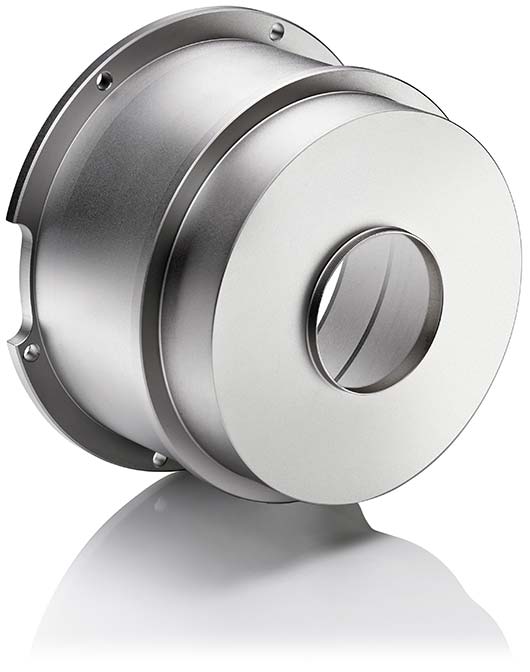
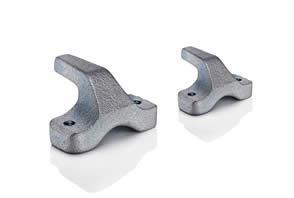
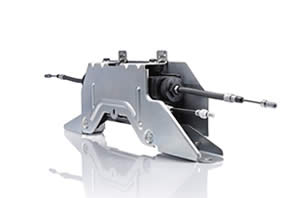
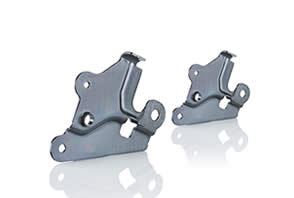
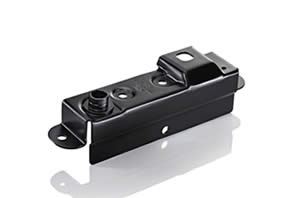
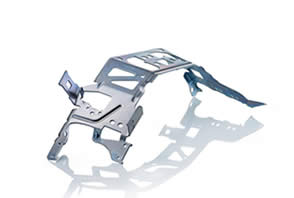
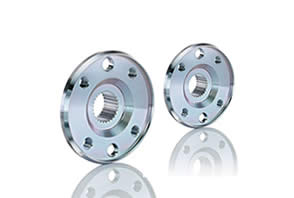
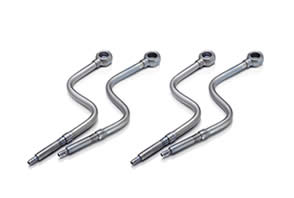
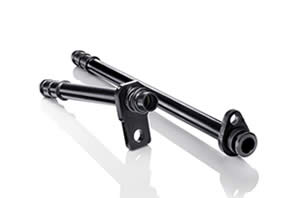
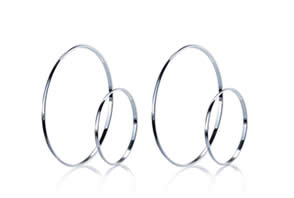

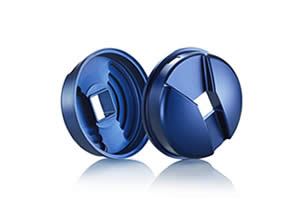
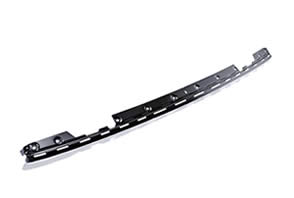
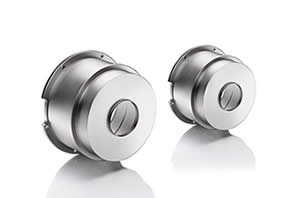
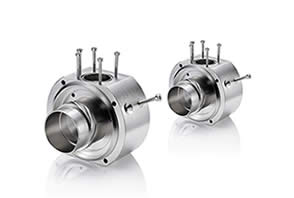
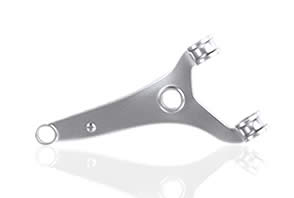

 Holzapfel Group
Holzapfel Group YouTube
YouTube